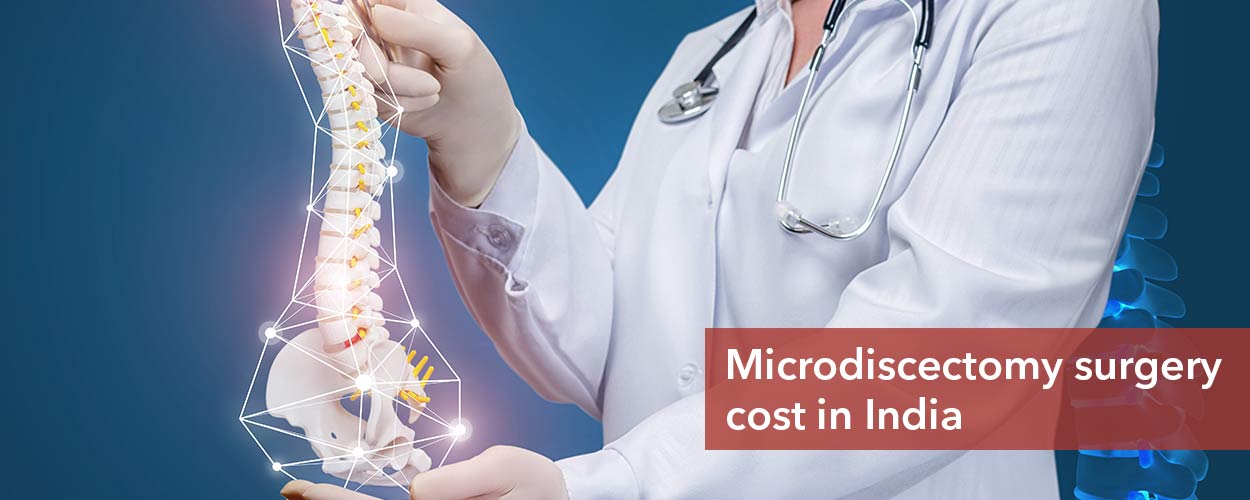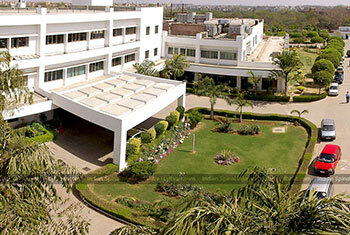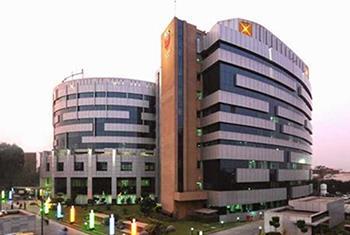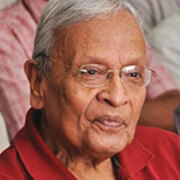What results can be expected?
The clinical data shows good results for lumbar discectomy in 80 to 90% of patients. The studies indicate that in comparison to non-surgical treatment for herniated discs, surgery has positive outcomes including:
- Improvement in leg pain (sciatica) from this surgery is more significant than those benefit for people with back pain.
- Non-surgical treatments are good options for people with less severe or improving pain
- More improvement is noticed in people with moderate to severe pain after surgery than those who did not have surgery.
Minimally invasive discectomy techniques has greater benefits in comparison to the outcomes with open discectomy. The advantages of minimally invasive approach for spine surgery include lesser operative time, shorter hospital stay (maximum 1 night at the hospital), minimal blood loss and trauma to the adjacent muscle, faster recovery and return to normal activities.
Recurrences of back pain
Recurrence of disc herniation or back pain is not uncommon. Another disc herniation can occur directly after the back surgery or take several years. They risk is often more during the first three months following the surgery. If there is a recurrence of disc herniation, a revision microdiscectomy might be just as successful as the first operation, but a recurrence can put the patient at a higher risk of further recurrences.
There are some things that can be done to prevent recurrence, such as:
- Proper way of lifting any object
- Maintaining a good posture while sitting, standing, moving, and sleeping
- Regular and proper exercise program, as recommended by the therapist
- Comfortable working environment
- Maintaining a healthy body weight according to the BMI
- Following stress management techniques
- Avoid smoking
Patients with multiple herniated disc recurrences are recommended a spinal fusion surgery in order to prevent further recurrences. The spinal fusion surgery involves removing the entire disc and fusing the level into a single bony structure. It is the most common method to prevent any further herniation of the discs.
For patients who do not have a compromised posterior facet joint and if other criteria are fulfilled, an artificial disc replacement might be considered. In this surgery, the damaged disc is removed and replaced with an artificial one.











